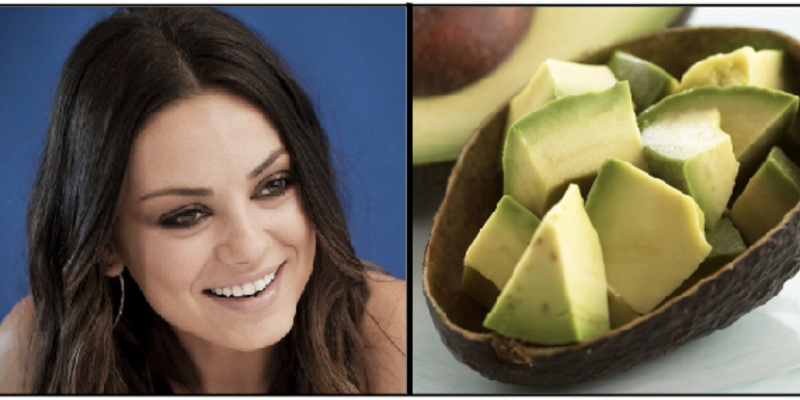

Isn't it funny how our cultural perspective values a thin body, but we like our faces “fat?” Full and round and sensual a la Mila Kunis, Emma Stone. Now a word of warning here: cultural perspective does not equal truth. Our views of beauty are subject to the time and place in which we are living. True beauty transcends these limitations, and many people age beautifully with no intervention at all.
But as a simple result of aging, we do lose volume in our face—it comes with a loss of fat in our cheeks, which can make our face sag and jowls appear. What else takes away from that healthy roundness? Well, we also lose fat in our temples, and around our eyes, nose, and mouth, which can contribute to a gaunt and a downturned appearance to the face. There is also some loss of bone structure in the jawline, and this can make our chins recede and our lips seem to disappear and “turn inward.”
That's the bad news. But there's a ton of good news... and while some of these fountain of youth tidbits are well-known, I've got a few that just might surprise you.
Here's how to stave off that facial volume loss (or keep it to a minimum):

Well known: Stay hydrated. Drink tap water, filtered through a high-quality filter.
Lesser known: Drink from glass, not plastic (plastic has estrogen like compounds which are bad for you).

Do this everyday: Consume good fats and oils. This means monounsaturated fats (such as avocado) and polyunsaturated fats (found in fish oil, nuts, and seeds, such as flax seeds or sesame seeds).
Try this: Using a hyaluronic gel moisturizer. Why? It can help improve facial fullness to a certain extent by hydrating the top layers of the skin, but stay tuned, as this technology is being refined. We may soon have a facial filler that is truly wonderful at penetrating deeply and restoring volume through topical application.
Try this, too: Retinoid and topical antioxidants. Vitamin C can help keep skin elasticity and boost collagen production.

Well known: You can minimize the thinning effect of UV irradiation by avoiding prolonged exposure to the sun's rays (especially dangerous on hot Charleston days) and wearing an SPF every day.
Lesser known: Damaging heat ALSO comes from your cell phone pressed against your cheek all day. Two products that protect skin from infared and ultraviolet radiation are Skinceuticals Antioxidant Serums (both CE Ferrulic and Phloretin CF).

Best thing you can do to maintain facial plumpness: Sleep on your back.
Worst thing you can do to deflate facial fullness: Smoke!
What about fillers to replace lost volume? Hyaluronic acid fillers (Juvederm, Restalyne, etc) are quickly replacing the facelift as the mainstay of youth-i-fying the face. Hyaluronic acid is naturally occurring in your skin already. They are FDA approved for correcting “parentheses lines” around the mouth and nose and the “marionette lines” from the corners of the mouth downward. They can also be used to make the lips fuller and to correct those lines around the lips. “Off-label” they are being used for plumping the cheeks and filling hollow temples as well as for filling scars and correcting asymmetry anywhere on the face.
How long do fillers last? Nine months to more than a year and with subsequent “corrections”—along the way, less and less product tends to be required. The cost runs $550 to $2000+ for full correction, depending on how much volume has been lost over time. Bruising and lumps are common within the first few days after a procedure, but you can minimize this by eating pineapple for the preceding few days and taking arnica tablets before and after the procedure. Within a week the filler becomes your own tissue and feels completely natural.